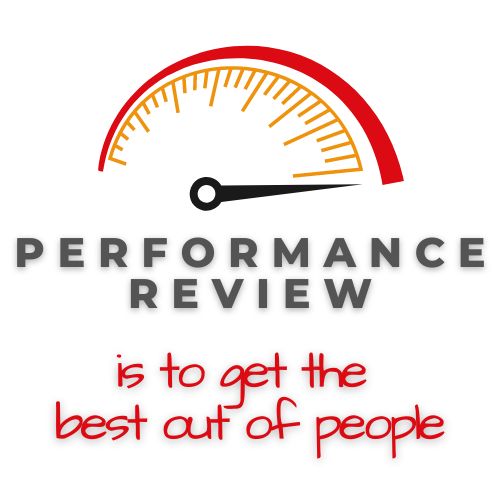The eighth action on our list of 10 essential steps to organizing your business is performance tracking and review.
Let's go over the previous seven steps
What is performance tracking?
The actual fulfilment of an expected output is known as performance. It can be measurable or non-measurable. Every individual in an organization is expected to perform. It is not only the individual who must perform, but the company as a whole, departments and even products or product lines must perform, which we refer to as quality. The government monitors the company’s performance through statutory and legal compliances, as well as the owner’s performance through tax commitments.
If target setting and MIS generation have been completed, performance tracking will be a natural outcome.
Hourly and daily performance evaluations are required. If it is a tele caller, tracking is done on an hourly basis. The interval for a salesperson is once a day. A variety of dashboards with performance rankings can be created.
The primary goal of performance tracking is to impart self-awareness to people about their own delivery levels. Monitoring aspect of upper hierarchy comes next.
Performance Review
The goal of performance reviews is to motivate and guide the team toward the desired or planned goals. Leadership must own the responsibility. Several factors must be considered during the review. Consider a salesperson who only met 70% of his target last month. He appears to be a poor performer. In reality, it does not have to be. See the examples below,
- This salesman could achieve only 70% last month. When the cumulative achievement for the year is taken, it is above 100%. This shows that he could not do last month alone, otherwise he is a performer. His leaders need to identify the specific reason for the slip in last month and help him to overcome that.
- It was a newly joined guy and last month was his first performance. Then he is performance is promising as he achieved 70% in the very first month.
- This could be habitual low performer. Remember 70% of employees do not perform due to lack of knowledge or skill. His leader needs to identify the weak area and help him to improve. Another 20% are not the right people for this job. Give them job rotation. A sales person shifted to billing would deliver much better job as he already familiar with customers & products. Remaining 10% may have an attitude problem which need psychological solution.
During every performance review, you are dealing with different people in difficult situations. Your job is to bring the best out of them. Review is platform to get this done.
Great leaders spent most of the time coaching people, some of the time reviewing and little on controlling.


